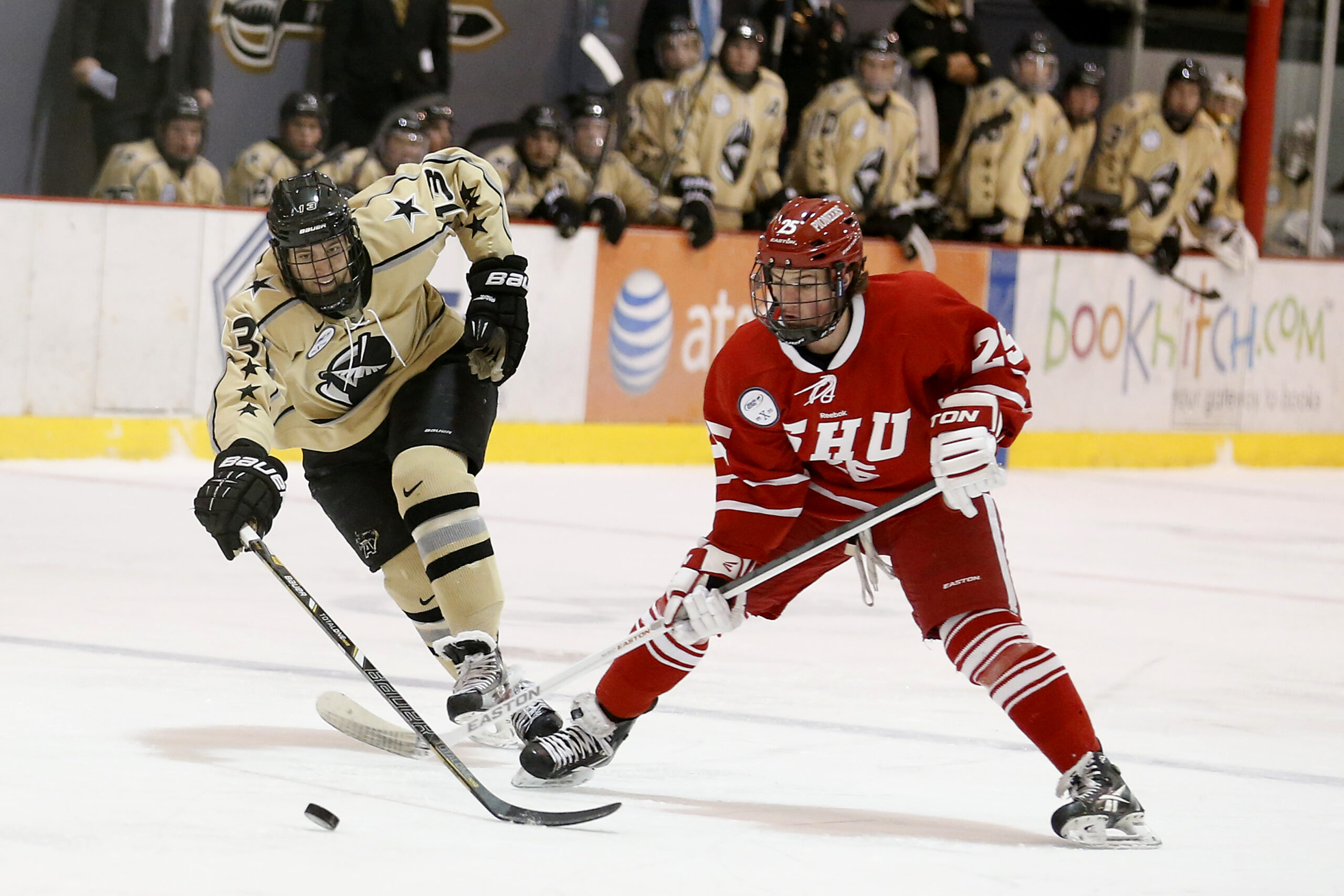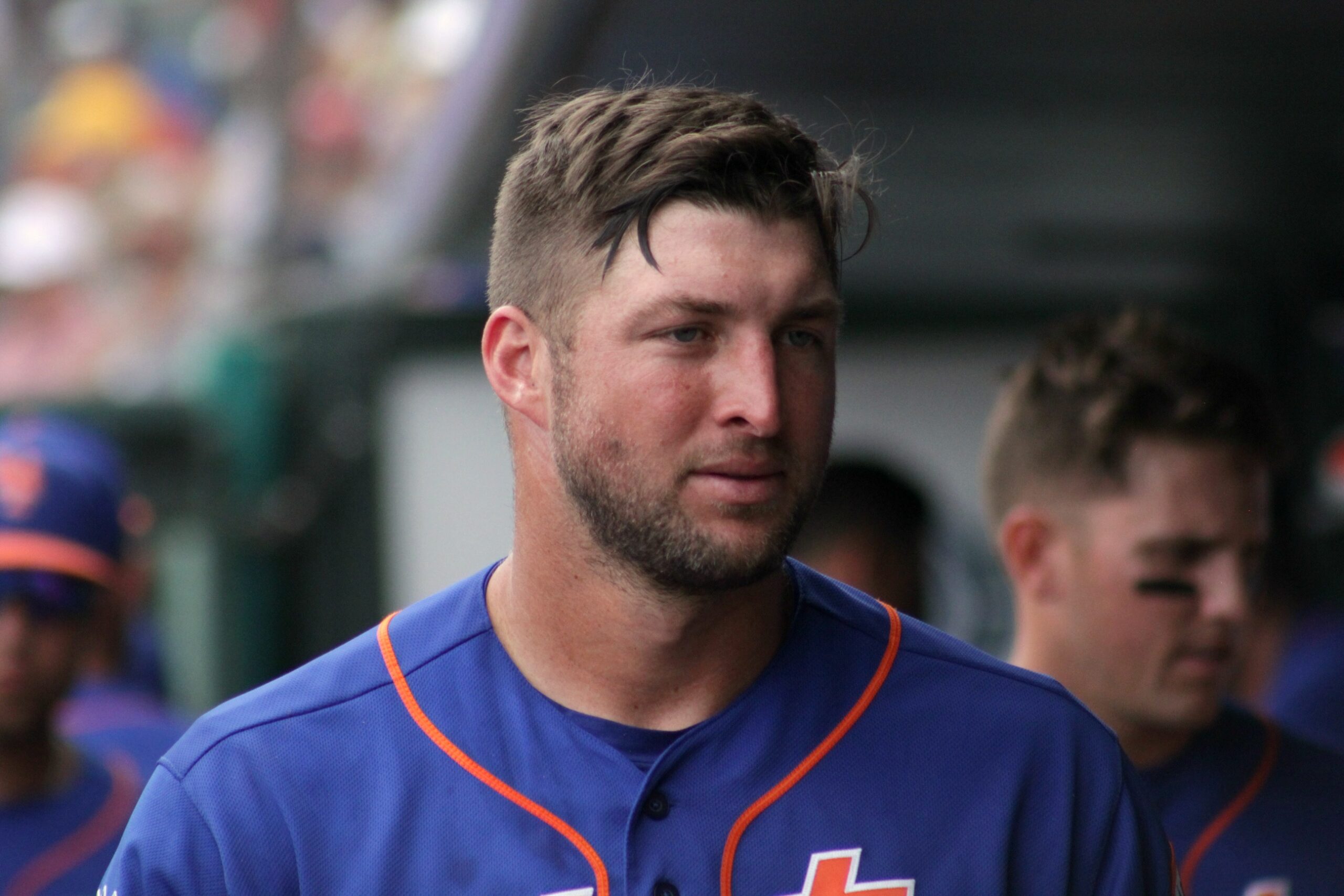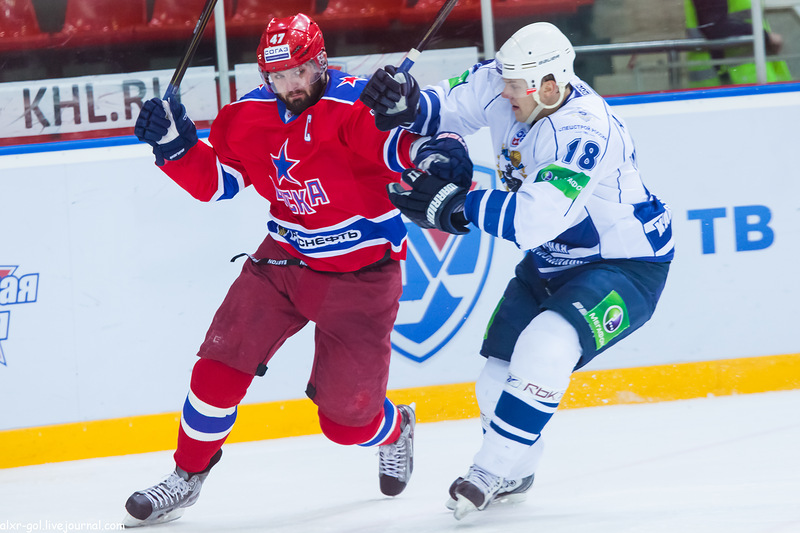Virtually every hockey player aspiring to make it to the NHL has a deep passion for the game. But if that player can be paid for participating in the sport even before the pros, who wouldn’t love that? With the introduction of name, image, likeness (NIL) deals in college athletics, a whole new revenue avenue is presented for talented players. But with the opportunity these deals offer, comes NIL risks.
NIL Deals Providing Collegiate Pay
The crux of collegiate athletics has always been its amateur status. There are fairly strict rules about what college athletes are and are not allowed to do to retain eligibility. For example, NHL teams that draft NCAA players cannot sign that player to an entry-level contract and loan them back to the school. You see this with the CHL and other European leagues. But this would run against the “amateur” status of the player. Even joining the CHL itself disqualifies players from NCAA eligibility. This is why players with NCAA dreams go to junior leagues where payment is not allowed, such as the USHL or BCHL. This is also why you don’t see NCAA or aspiring NCAA players at NHL training camps. For a more in depth look at the NCAA eligibility rules check out our article here.
While the NCAA allows scholarships for athletes, a school, alumni association, booster club etc. paying an athlete is off limits. Well, mostly off limits now….. Following the US Supreme Court Cases of Obannon v. NCAA and NCAA v. Alston, in 2021 NIL pay became a thing. NIL describes an athlete’s rights to publicity. More specifically, the profit that other companies or organizations make on the use of it. For example, with NIL rights in college, now players may be compensated for their autograph, promoting a brand or making public appearances. There have been examples of this from local pizza parlors to Nike to even the Florida Panthers. The NCAA started with interim rules and NIL continued to progress. While it has made progress, unfortunately there is little uniformity in the rules. It depends on the school, state, or other sports governing bodies as to how NIL rights apply.
For a more in depth understanding of NIL I suggest giving attorneys Daniel Greene and Darren Heitner a follow. However, for athletes aspiring to take advantage of NIL deals, this article looks at some of the risks and considerations.
Uncertainty with NIL Rules
The first risk with NIL deals is the simple fact that there is no uniformity for the rules at this point. Congress has attempted, and continues to, attempt to enact Federal legislation to provide one set of rules for all to follow. Nothing has caught at this point. As mentioned above, certain states have enacted NIL laws while schools and players in others have to follow the NCAA rules and/or their own enacted rules. These rules also may apply differently to international athletes as well.
With the lack of uniformity and the ever changing landscape, collegiate athletes need to recognize the effect this can have on their current and future NIL deals. For example, let’s say an athlete is playing for Quinnipiac and has an NIL deal in Connecticut. Connecticut has its own set of NIL laws. Then said player transfers to the University of Minnesota. Minnesota does not have NIL laws (they have been proposed though). It’s possible that said player may have to adjust their NIL deal. Or worse, cut it altogether.
Even for athletes in states with NIL laws, if the U.S. legislature actually succeeds in passing uniform legislation surrounding NIL laws, athletes may have to adjust their deals. The current contracts could account for this or changing laws may allow for a grace period or grandfathered deals. However, the NIL world is uncertain and changing rapidly. It’s not a reason for an athlete to decline an NIL deal, but it is a factor athletes need to keep in mind.
NIL Tax Risks
For a lot of college students, including athletes, there is no need to file a tax return. Students that are fortunate enough to go through college without working will not need to file. Likewise, even athletes that do work need to make more than $600 annually before needing to file. Even those that do file will probably have very simple returns with little income to report. But, all of a sudden, NIL deals could change that landscape.
It Might Be Time to File
While many NIL deals are not substantial in value, some are very lucrative, especially for a college student. Going from little or no income to tens of thousands of dollars or more is a big change. It’s no different than getting a job post college, but for athletes getting NIL deals it may be overlooked. This also could potentially include non-cash payments or benefits. The athlete would start by filling out form W-9 before entering an NIL deal since they will be an independent contractor. They will then likely receive a form 1099 from the payor and use that to fill out their form 1040 to report annual income.
Quarterly Tax Payments and Deductions
Not only will they need to file an income tax return if earning more than $600 in a year, but many may also need to pay quarterly estimated tax since they will be considered self-employed. The payor (i.e. the endorser/collective) may not withhold any taxes so the athlete will need to work with an accountant or figure out on their own how to make sure estimated payments are made. Additionally, the athlete should make sure that other potential tax deductions are utilized. This can get tricky as an athlete whom someone else claims as a dependent will have a reduced standard deduction. Failure to file the required forms could result in penalties. There is more down in the weeds with this, so any athletes considering NIL deals should speak with a financial professional first.
Financial Aid
Along the same lines of NIL deals causing athletes tax responsibilities, NIL deals also pose potential risks associated with financial aid eligibility. Many athletes are fortunate enough that merit based scholarships (athletic or educational), family support (such as 529 plans), or in less common circumstances the student/athlete’s savings cover their school and some ancillary costs. NIL deals would not affect these funds. However, needs-based scholarships and grants, including Pell Grants, as well as certain student loans could be negatively impacted by NIL deals.
Students must report any earned income on their FAFSA form when applying for financial aid. Generally speaking, cash compensation and even the receipt of products or merchandise will count as earned income to the student/athlete. On its face it may be difficult to determine if the NIL deal is worth more than the loss of financial aid and tax liability. Unfortunately, universities may be reluctant to provide concrete information or opinions on this due to potential liability as well. It would be smart for athletes using needs-based financial aid to work with an accountant or qualified financial professional when considering NIL deals for these reasons.
College Eligibility
One other major risk with NIL deals is the potential effect they may have on college hockey players’ NCAA eligibility. NCAA rules for hockey (or any sport) strongly work to protect “amateurism” in college. This means that NCAA athletes are not “professionals” in any sense of the word. For example, a hockey player who signs a deal with a major junior team in Canada or a European pro team would lose their NCAA eligibility. In addition, there are limits to NCAA players attending NHL camps or receiving payment or gifts based on their ability to play hockey.
Even though most of those rules are still in place, NIL changes the landscape for not receiving payment. Of course, the parameters around NIL deals are different than a direct payment from the school or its representatives. These deals are generally supposed to come from third parties, commonly from collectives. Likewise, NIL deals cannot be used to sway athletes’ enrollment decisions or “keep” players from turning pro early. While the concept of prohibiting schools from paying players seems simple, these lines can get unclear with NIL.
It is important for players to make sure the terms of the deal are clearly documented and that there is low risk the payor would be considered part of or controlled by the school. This is especially tricky for players transferring to a school in a state with different NIL laws. The development of collectives should help alleviate this risk to a degree. The punishment for such actions may fall heavier on the school, but it is one that is not entirely clear. NCAA hockey players should consider this risk and look to make sure their eligibility is not compromised.
Practical NIL Risks
Even with all of the tax, eligibility and other “legal based” risks of NIL deals, there are also practical considerations. For many young athletes, receiving a big paycheck can be tempting to engage in frivolous spending. You see this in many sports when athletes sign their first professional contract. While most NIL deals won’t pay at that level, it’s still something to consider. Another consideration is that an NIL deal could lead to additional work. This shouldn’t be an issue for most but still something to think about. The athlete has hockey and school to focus on. With an NIL deal, there may be promotional events and other commitments, so time management is key.
And while we have discussed the importance of athletes utilizing financial professionals to help handle and navigate these NIL deals, caution needs to be used when selecting such individuals. Especially if the deals are lucrative. With every honest person looking to help, there are an equal amount of “sharks” out there looking to pounce on vulnerable prey. Athletes need to make sure to vet whoever they work with and ensure they trust said individual. Looking at their engagement terms and specifically fee arrangements can be a big indicator here. Someone trying to sell specific risky investments they get a commission on may not be the best money manager.
Likewise, and unfortunately, friends and family can also sometimes take advantage of athletes and their money. This was seen specifically in the case of Jack Johnson when his parents took control of his finances. Ultimately, their control led to Johnson needing to file for bankruptcy due to excessive debt as well as fractured relationships. Caution is the word here.
The Silver Lining for College Hockey
While this article focuses on some of the risks of NIL deals for college hockey players, there are many reasons that NIL deals are good. The most obvious is it finally allows for college athletes to be fairly compensated for others’ use of their name, image or likeness for financial gain. But looking down the cause and effect chain, this may have a larger impact.
At a macro level this might allow for increased participation in NCAA hockey. Generally speaking, in North America the highest level of hockey for NHL draft hopefuls is major junior hockey in Canada (the CHL) and NCAA hockey. Many players opt for the CHL for various reasons. These reasons include the focus on hockey and some compensation (even though they are not considered employees under Canadian law). However, with NCAA Division I hockey being essentially on par with the CHL, the availability of some compensation may result in increased participation.
Increased Saving Potential
Additionally, for the athletes themselves, receiving earned income could provide saving opportunities that they might instantly price themselves out of in the NHL should they wish to use their NIL earnings that way (and can). For example, a Roth IRA is a tax advantaged savings vehicle where an individual puts in after-tax dollars and then when reaching the required age can pull the money out, including any growth, tax free. However, there is a requirement that you have to actually receive “earned income.”
In addition, if an individual makes more than the required income limit, contributions to a Roth IRA are not allowed. In 2023 that number is $153,000 for individuals. College hockey players earning NIL deals that go into the NHL may quickly see their income jump this limit. The NHL league minimum under the CBA for 2022-23 was $750,000. Of course, needing the tax advantaged savings for future NHL stars may not be a big concern but even decent AHL players may end up exceeding the income limit.
Final Remarks
The NIL world is still rapidly evolving. With all of the opportunities it provides there are also questions, risks and concerns. College hockey players have a unique opportunity never afforded before. While this article doesn’t cover every aspect of NIL deals, players can see how considering NIL deals can be more complicated than it appears on the surface.
Post image attribution: U.S. Army photo by Tommy Gilligan/USMA PAO, Public domain, via Wikimedia Commons




